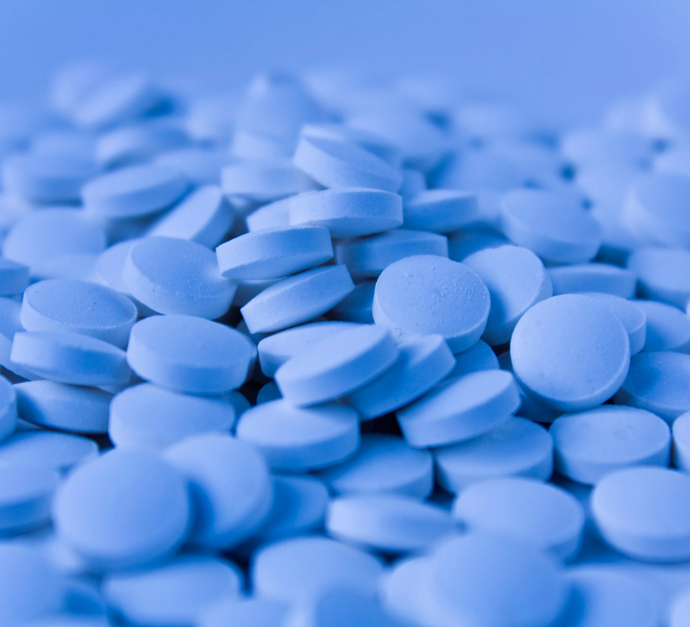Last week, the United States recognized the first-ever National Fentanyl Awareness Day just as the Centers for Disease Control released new data showing that drug overdose deaths topped 107,000 for the first time in 2021. According to the CDC and Drug Enforcement Agency, this new record in fatalities is largely fueled by the spread of fentanyl.
As a clinician, who primarily treats adolescents and teens, I’m terrified to see the havoc fentanyl is wreaking on a vulnerable population of young people who struggle with mental health issues. The data shows that adolescents with a mental health diagnosis are more likely to use illicit drugs (typically to self-medicate) than their peers. We also know that during the pandemic the number of young people with mental health problems has skyrocketed.
Now, enter fentanyl – a powerful, inexpensive synthetic opioid that is about 50 times more potent than heroin and 100 times more potent than morphine. Drug traffickers mix the drug with other illicit substances – in powder and pill form – to drive addiction and create repeat customers. Only two milligrams can be a lethal dose and early research suggests that many overdose victims didn’t even know they were taking fentanyl.
“Fentanyl is killing Americans at unprecedented rates,” said DEA Administrator Anne Milgram in a statement issued on National Fentanyl Awareness Day on May 10. According to the CDC and DEA, fentanyl is involved in more deaths of Americans under 50 than any other cause of death, including heart disease, cancer, automobile and other accidents. It is also the cause of more youth drug deaths than heroin, meth, cocaine, benzos and prescription drugs combined.
Lethal “Fentapills”
In September, the Drug Enforcement Administration (DEA) issued a rare public safety alert about counterfeit prescription drugs containing fentanyl flooding the U.S. market. Nearly 10 million counterfeit pills had been seized by the DEA in the first nine months of 2021, more than the number seized in 2020 and 2019 combined, the alert stated.
These fake pills, which are made to look like common prescription drugs, are manufactured in garages, basements, and other clandestine settings by unqualified drug makers who do not ensure the quality or consistency of the dose. When batches of fake pills are mixed, each pill may contain a different amount of fentanyl making the dose of each pill impossible to predict. DEA lab analyses reveal that two out of every five fake pills with fentanyl contain a potentially lethal dose.
Fentanyl and Young People
Young people are especially vulnerable. They are easily and cheaply able to buy counterfeit pills online and through social media. They aren’t aware of the risks and have the perception that pills aren’t dangerous because they look like common medications and they believe what they are buying is legitimate.
These reasons, according to Song for Charlie, a non-profit that was instrumental in launching Fentanyl Awareness Day, contribute to the fact that the fastest-growing category of fentanyl overdose victims are those that fall into the “initial or experimental user” phase (versus the recreational, habitual or dependent user categories.)
A study published in the Journal of the American Medical Association last month focused on the devastating increase in adolescent overdose deaths in the United States. According to the JAMA article, while drug use among teens was at a historic low last year, overdose deaths doubled between 2010 to 2021, jumping from 518 to 1,146 deaths annually. In 2021, fentanyl was involved in more than 77% of those fatalities, a number the experts predict will grow in 2022.
What can you do?
- As a parent, you can make your child aware of the dangers of fentanyl and the risk of exposure when using any medication that is not prescribed by a physician. The Song for Charlie website offers many free resources for parents and educators.
- Keep tabs on your child’s physical and mental health. When your child is overwhelmed by stress and anxiety, their body will usually signal that there is something wrong (headaches, stomach aches, chronic fatigue, for example). Pay attention. This is when a young person may look to drugs or alcohol to ease their pain.
- Encourage healthy coping strategies and habits. Breathing and meditation, exercise, good sleep, and setting aside time to talk, are just some of the self-care practices that can help ease anxiety or depression.
- Get help. If you notice your child is not doing well or suspect they are using alcohol or drugs, contact your physician, talk to your school counselor or seek out a mental health professional to consider next steps.
Whatever you do, you can start by spreading the word about the dangers of fentanyl in your family, in your child’s friend group or at school — and perhaps save a life.

